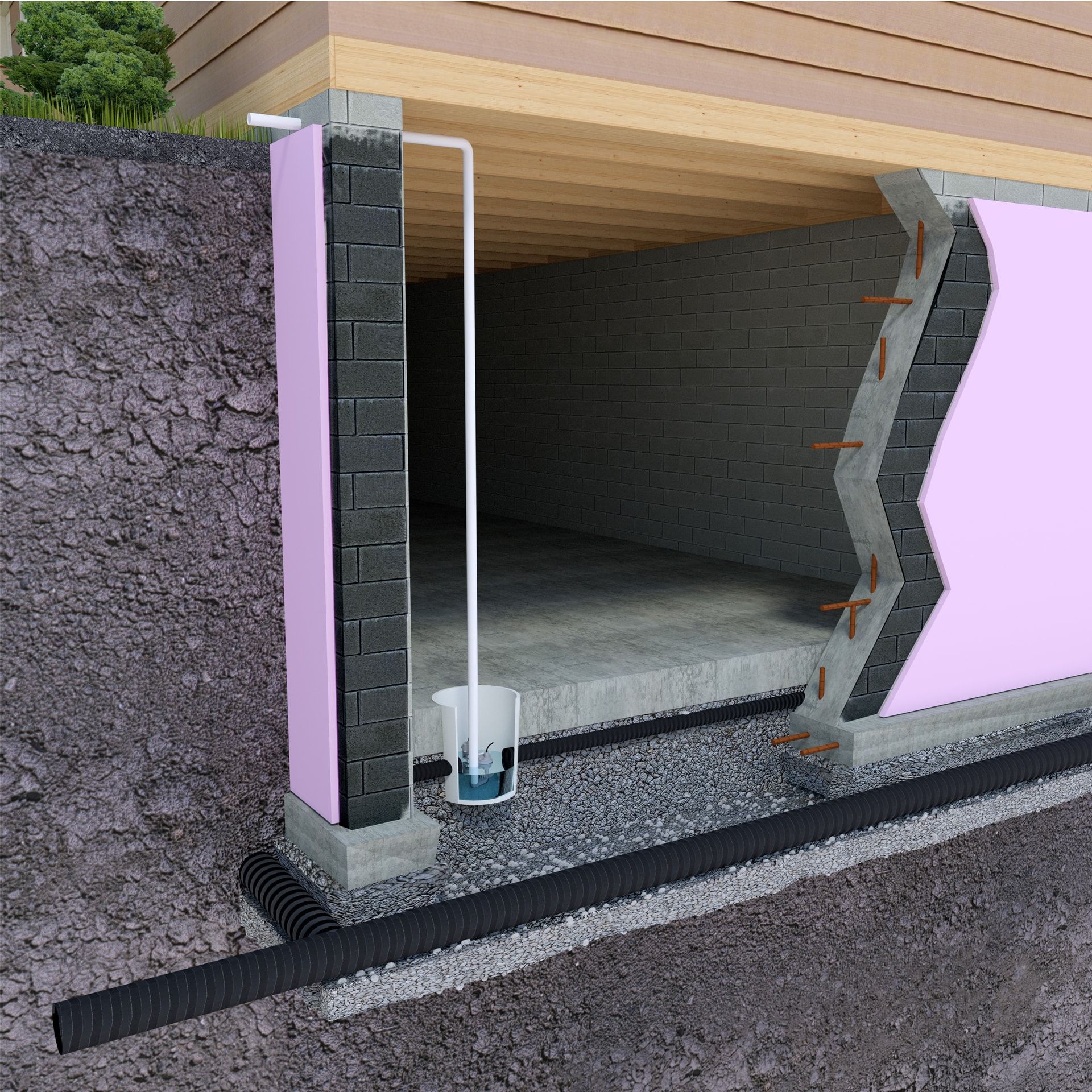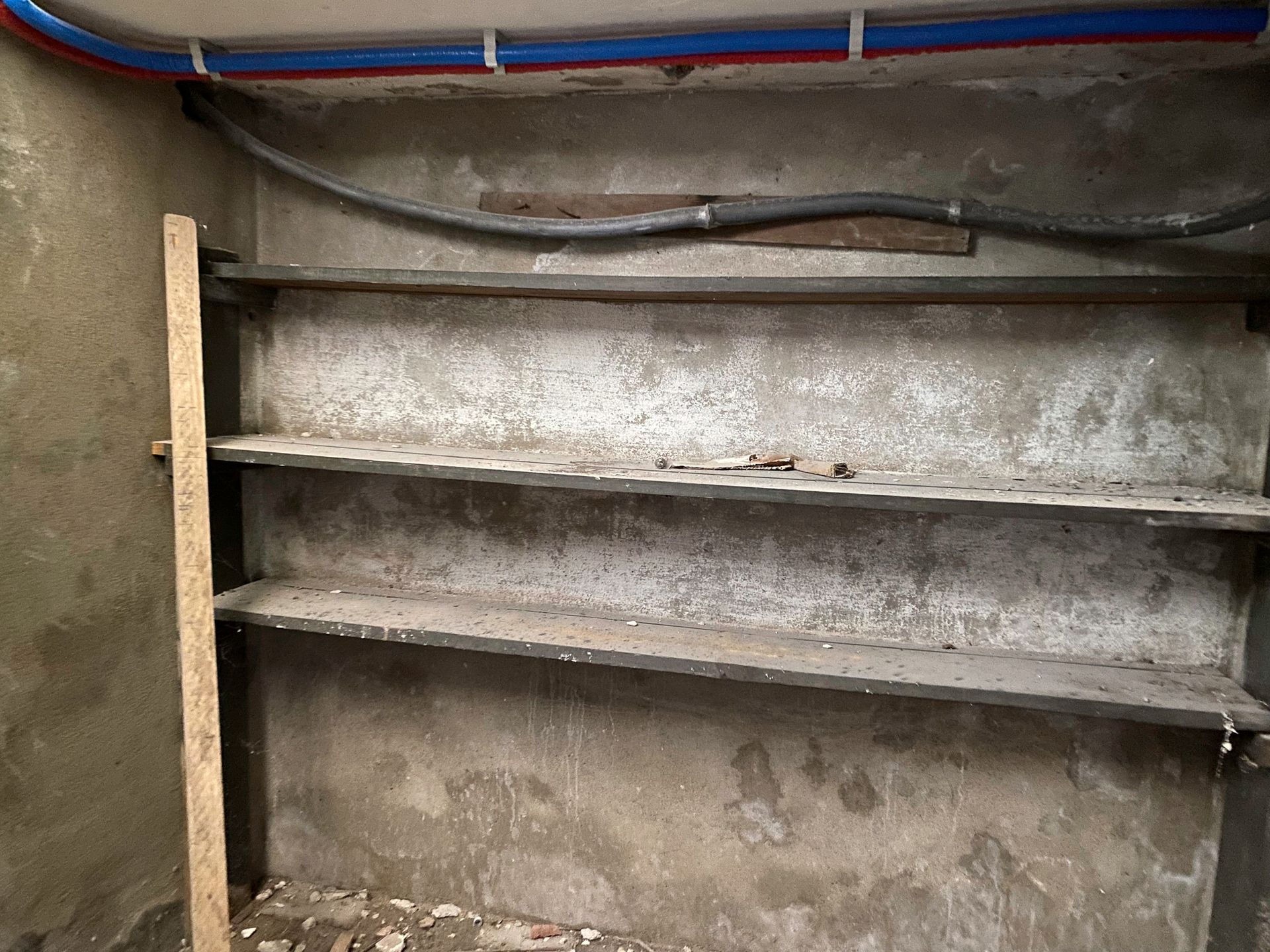Dry Out Now: Proven Strategies to Fix Your Wet Basement Woes
A wet basement could be undermining your home. Caused by factors like inadequate drainage or cracks in the foundation, it poses a real challenge. This article provides a clear path to not just dry out your space, but also prevention techniques for lasting dryness, without overwhelming you with unnecessary detail.
Key Takeaways
- Wet basements are commonly caused by heavy rains, snow melts, and insufficient waterproofing, and issues such as clogged gutters, poor grading, and foundation cracks exacerbate the problem.
- Early detection of basement moisture through signs like efflorescence and puddles is crucial; however, permanent resolution requires addressing the underlying cause, not just the symptoms.
- While immediate measures like using dehumidifiers can mitigate dampness, long-term solutions include proper drainage, installing sump pumps, repairing foundation cracks, and applying advanced waterproofing methods.
Understanding Wet Basements
Basement water issues often arise from uncontrollable environmental factors, such as snowmelt and heavy rains. The inability of frozen ground during winter to absorb melting snow can lead to basement flooding. Basements may become susceptible to inundation when systems are overwhelmed by rapid thawing or excessive rainfall.
Factors contributing to the presence of water in basements include:
- Inefficient or obstructed gutters and downspouts
- Improper slope of land surrounding the foundation
- Cracks present within walls or floors of the foundation
- Pipes that have leaked or burst
- Insufficient waterproofing measures
Comprehending these causes is essential for addressing problems with wet basements effectively.
Identifying Signs of Basement Moisture
Detecting early indicators of moisture in your basement can help prevent severe water damage. Efflorescence, characterized by a white or gray powdery substance, serves as an important sign. This deposit results from the reaction between water and soluble salts within building materials. It manifests salt crystals left behind once the water evaporates. Commonly, you’ll find efflorescence on:
- Brick
- Concrete
- Mortar
- Lime
- Sand
Keep in mind that removing efflorescence is only a stopgap measure. If you don’t resolve the underlying cause of wetness, this symptom could repeatedly emerge as an indication of ongoing moisture issues. Pinpointing the presence of efflorescence plays a crucial role when dealing with damp conditions in basements.
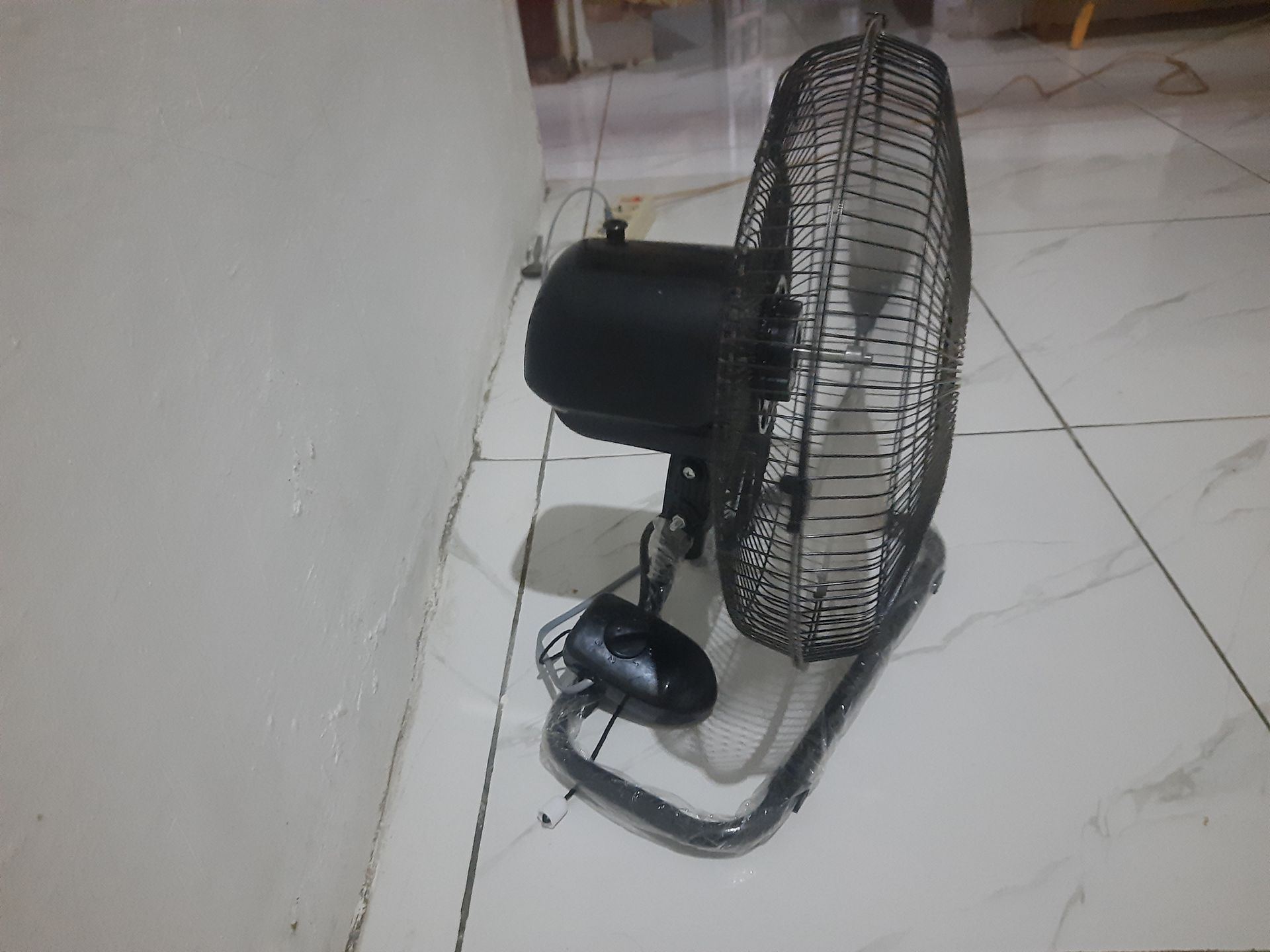
Immediate Actions for a Damp Basement
Upon encountering moisture issues in a basement, immediate action is required. The following measures should be taken:
- Relocate any items at risk to prevent additional damage.
- Enhance ventilation by opening windows which will help dry out the space quicker.
- Employ fans and dehumidifiers to actively draw moisture from the atmosphere.
While these measures may alleviate some of the short-term dampness in your basement, they are not a permanent solution. To ensure that wet conditions do not recur, it’s crucial to rectify the actual source of water entry by potentially fixing or upgrading the drainage system within your basement. Failure to resolve this fundamental issue could result in recurrent incidents involving wet basements due either to insufficient drainage capacity or leaks yet unresolved.
Diagnosing Your Basement's Water Problems
To address wet basement issues effectively, it is essential to understand what’s causing the moisture. The primary causes of dampness in basements are condensation, surface water runoff, and subsurface groundwater infiltration.
Indications of condensation include beads of water, moist patches or pools on the floor and walls within your basement. These signs typically suggest an accumulation of humidity in that area. Problems related to surface runoff often present themselves as a soaked crawl space or persistent wetness along the walls and floors after periods heavy rainfalls or snowmelt, hinting at inadequate drainage systems around your home. As for subsurface seepage troubles, you may notice that your basement remains soggy long after inclement weather events have passed due to water rising through the floor slab or entering through wall joints.
In differentiating between condensation and other types of moisture influx such as seepage, place a piece of aluminum foil over a dampened area. Check back following 24 hours.
- If you find droplets forming on top layer side this points towards air-borne condensation
- Whereas if there’s moisture under foil piece then seepage from ground might be culprit
Dampness independent from climatic conditions could imply problems with underground water levels similar to those caused by superficial run-off but persistently apparent without any relation to recent precipitation occurrences.
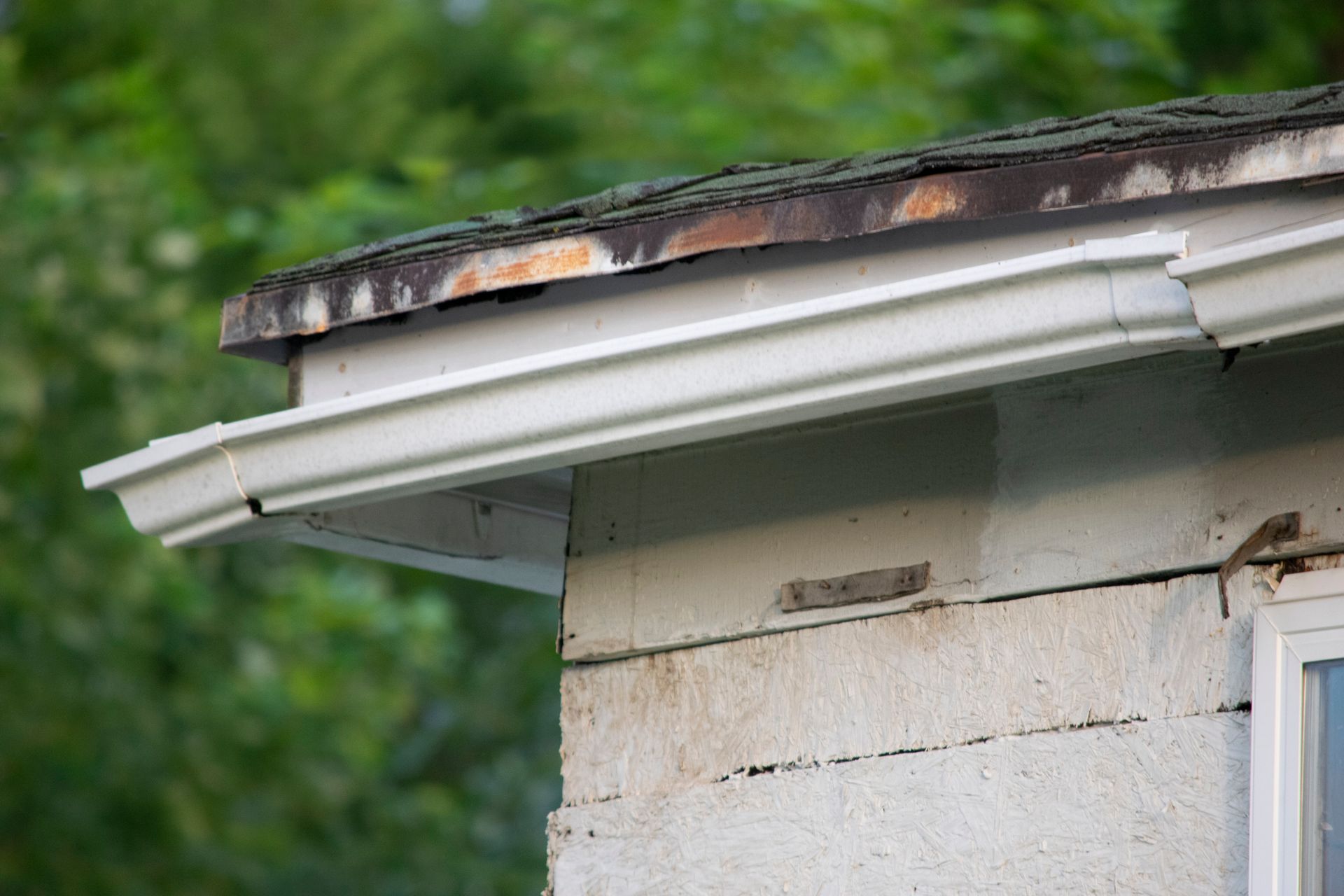
The Role of Proper Drainage
Properly functioning gutters and downspouts are essential in avoiding water accumulation in basements, which can lead to significant repairs due to improper drainage. Ensuring that these systems efficiently direct rainwater away from the house’s foundation is crucial for preventing damage caused by standing water on the roof.
It is important to conduct periodic checks and take remedial actions if necessary so that downspouts channel water effectively away from your home’s foundation rather than allowing it to collect near the base of your house. You may find it beneficial to use a garden hose as an aid when assessing whether there are any problems with how your downspout directs fluid discharge.
Successful management of excess moisture not only depends on gutter function but also involves every part of property architecture affecting liquid dispersal—from hard surfaces like driveways facilitating runoff, through comprehensive soil-water handling strategies, all the way including interior safeguards such as floor drains meant for efficient indoor evacuation.
Solutions for Standing Water
Installing a sump pump in your basement is an effective measure to combat the challenge of accumulating water. It works by extracting water from the basement’s lowest point, which aids in preventing flooding and reduces the potential for water damage.
Protection can be achieved with backflow preventers that prove particularly useful when heavy rain leads to municipal or home sewer line clogs, causing water backup through floor or sink drains. Additional measures include placing drains at the base of window wells and along basement stairwells to lower the likelihood of seepage in spots prone to collecting water.
Repairing Foundation Cracks
Cracks in the foundation are more than just an aesthetic problem. They can allow water to penetrate your basement, causing damage and creating a moist atmosphere. Fortunately, there are a range of suitable materials designed for filling voids and sealing cracks found in the walls of foundations.
In instances where cracks are more critical, alternative methods may be necessary. Effective repair of foundation fissures can be achieved by implementing several steps:
- Secure injection ports along the crack.
- Administer sealant material through these ports into the crevice.
- Detach the injection ports once used.
- Apply another layer over this area to guarantee that it remains impermeable.
While it may seem feasible to tackle this project yourself, the structural integrity of your home shouldn't be compromised by potential missteps. Therefore, we strongly recommend consulting a licensed professional to assess and repair your foundation cracks to prevent any future issues.
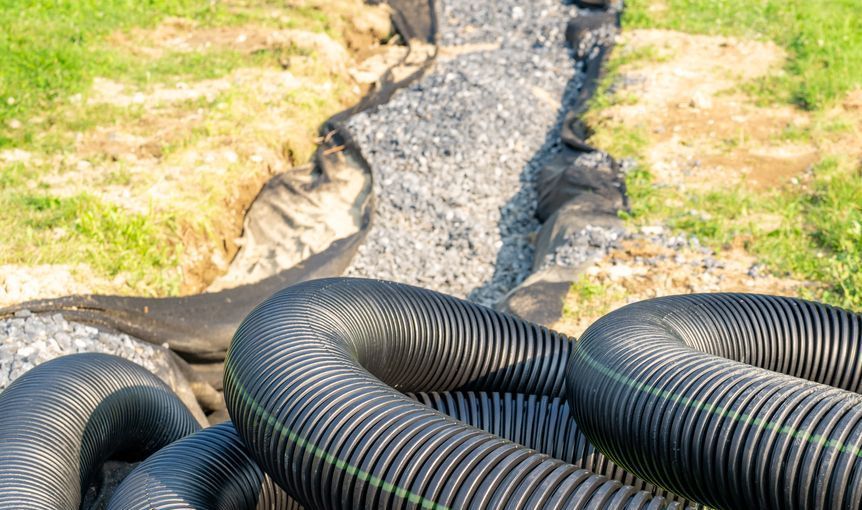
Grading and Landscaping Techniques
Effective landscaping and slope management are crucial for keeping the basement floor free from moisture. The ground surrounding a house needs to be angled away from its foundation, optimally descending at least one inch per foot over a six-foot span. This might necessitate re-sloping of land, particularly shortly after a home is built when settling of the soil occurs.
In scenarios where achieving appropriate grading isn’t feasible, implementing measures like berms or swales, compacting soil appropriately or installing catch basins can effectively channel water clear of the property. Correctly angling your yard not only redirects surface water, but also aids in reducing hydrostatic pressure against the walls and foundation beneath your basement level – key factors in preventing leakage into this below-ground space.
Advanced Waterproofing Methods
As advancements are made in technology, we also progress in the ways we ensure that basements remain free from moisture.
High-end interior wall coatings can be applied to block seepage of water into basements, and when coupled with dehumidifiers, these coatings help prevent mold while controlling moisture levels.
In terms of cutting-edge waterproofing techniques, one approach includes applying a vapor barrier combined with cement over galvanized mesh – an effective strategy for long-term protection against basement dampness. Many innovative materials can serve as sturdy vapor barriers within basement spaces, offering resistance to mold growth and tear damage.
Despite their historical roots, French drains continue to be instrumental when incorporated into landscape designs that guide excess water away from building foundations, which assists significantly in reducing flooding risks. Employing advanced strategies including footing drains bolsters your defense against potential water damage by sustaining a dry atmosphere within your basement space.
Mitigating Hydrostatic Pressure
Penetrating damp and soil saturation can lead to lateral pressure that manifests as hydrostatic pressure on basement walls, potentially causing masonry to fail and water to enter. Drilling weep holes at the lowest point of the basement or within the cement blocks themselves allows for drainage, which diminishes this hydrostatic pressure.
To Combat this issue, one might install internal drain systems like interior drains coupled with sump pumps. These mechanisms work in tandem to gather incoming water and reroute it away from your basement, thus effectively reducing hydrostatic pressure and safeguarding both the integrity of your basement walls and floor.
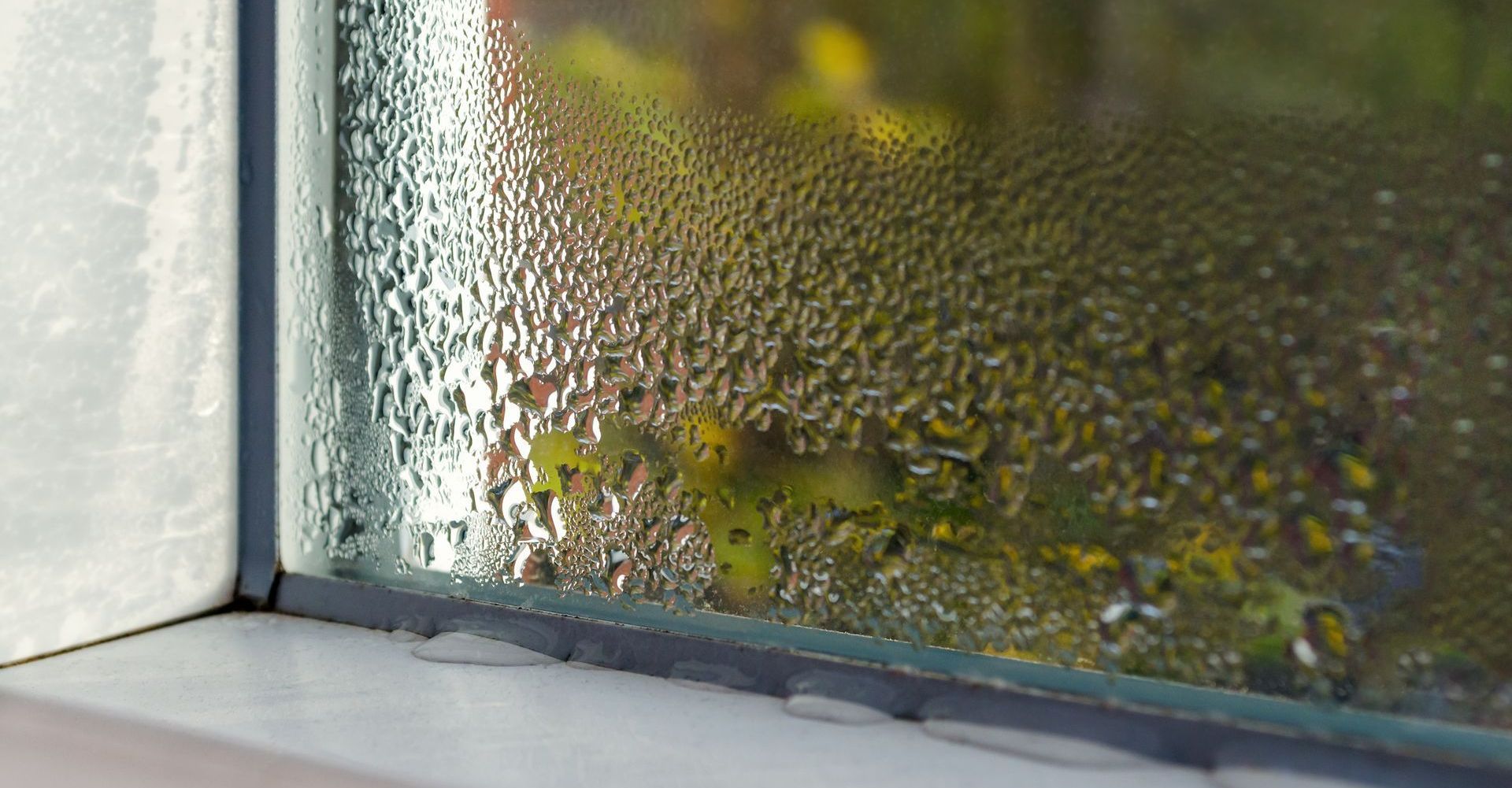
Protecting Your Investment
Shielding your basement from water damage serves a dual purpose - keeping your space dry and comfortable, and safeguarding your investment. Here are some steps you can take to protect your basement from water damage.
- Repair any pipe breakage and insulate pipes to prevent condensation and moisture build-up.
- Check for leaks in the basement and repair them promptly.
- Install a sump pump to remove excess water from the basement.
- Ensure proper drainage around the foundation of your home to prevent water from seeping into the basement.
- Consider waterproofing the walls and floors of your basement to create a barrier against water. By following these steps, you can keep your basement dry and prevent water damage.
While some issues can be fixed on your own, others might require a professional’s touch. If basement water issues are visibly caused by a plumbing leak, especially if it’s the first occurrence, it’s recommended to call a plumber. By taking these steps, you can protect the value of your home and avoid costly repairs down the line.
When to Seek Professional Help
Even though homeowners may be able to manage many issues related to basement water on their own, there are circumstances when hiring a professional is essential. If persistent leakage in the basement occurs despite cleaning out gutters and altering the land slope, or if significant damage to the foundation is evident, seeking assistance from a specialized basement waterproofing contractor becomes necessary. Companies such as The Basement Ace provide an array of services including:
- Repairing foundations
- Ensuring structural stabilization
- Implementing waterproof measures
- Installing sump pump systems
- Offering crawl space remedies
- Improving air quality control
- Conducting mold removal
Certain operations like mechanical cleaning of drains and addressing repair needs within crawl spaces involve risks such as electrocution or incomplete moisture resolution that could lead to mold proliferation should only be undertaken by licensed experts. Understanding when it’s appropriate to hire skilled help can not only preserve your peace of mind, but also save you time and potentially several hundred dollars in costs.
Summary
Keeping your basement dry might seem like an overwhelming task, but with the right knowledge and tools, it’s entirely possible. From understanding what causes wet basements and recognizing signs of moisture, to taking immediate actions to address dampness and diagnosing specific water problems, you can proactively prevent water damage. Employing proper drainage, repairing foundation cracks, using advanced waterproofing methods, and mitigating hydrostatic pressure can further protect your basement.
Remember, protecting your investment isn’t just about maintaining a dry basement, but also about knowing when to seek professional help. With these strategies, you can confidently say goodbye to your wet basement woes.
Frequently Asked Questions
What are the common causes of wet basements?
Heavy rains and the thawing of snow, in conjunction with insufficient drainage systems, frequently result in basements becoming wet. This combination can cause water infiltration and persistent moisture problems within these spaces.
What are signs of basement moisture?
Indications that your basement is experiencing moisture issues are the presence of efflorescence, droplets of water, damp patches, and pools of water on the floors and walls.
It’s crucial to inspect your basement consistently for these signs in order to avoid additional harm.
How can I immediately address a damp basement?
To tackle a moist basement promptly, begin with clearing out any items that might sustain damage. Then enhance ventilation by deploying fans and dehumidifiers while simultaneously identifying and rectifying the origin of the leak.
What are some advanced waterproofing methods?
Utilizing cutting-edge materials for the internal coating of walls, establishing a vapor barrier, and incorporating French drains are examples of sophisticated waterproofing techniques. These approaches provide enhanced defense against water damage to walls.
When should I seek professional help for my basement water problems?
If you have attempted to rectify basement water issues by inspecting gutters and altering the slope of your property without success, or if there is evidence indicating significant damage to your foundation, it is advisable to consult with a specialist.
Overlooking such indications can result in more severe damage.
